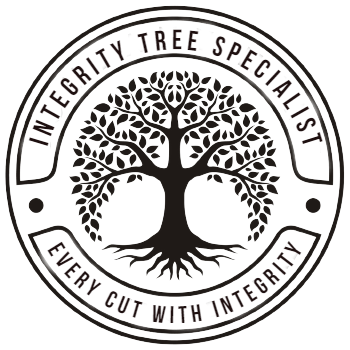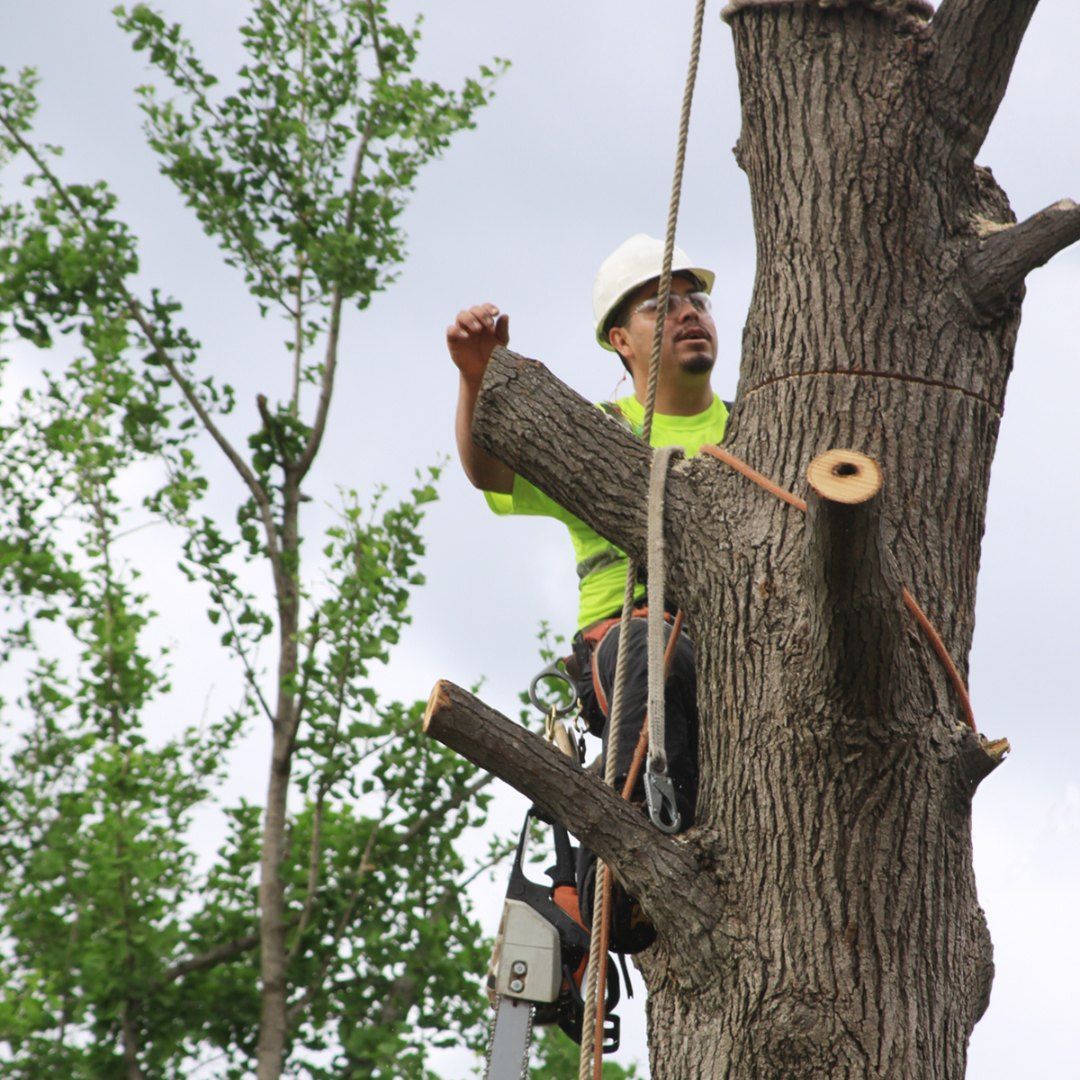Proper Pruning Practices: Enhancing Tree Health and Longevity According to ANSI Standards
Proper Pruning Practices: Enhancing Tree Health and Longevity According to ANSI Standards
At Integrity Tree Specialist, we believe that tree care is both a science and an art. One of the most essential services we provide to ensure the long-term health, safety, and beauty of your trees is pruning. When done correctly, pruning helps maintain structural integrity, encourages healthy growth, and minimizes risk. But improper pruning can harm trees and create lasting damage. That’s why we follow the ANSI A300 standards, the industry benchmark for tree care practices in the United States. These standards are developed by the Tree Care Industry Association (TCIA) and approved by the American National Standards Institute (ANSI), ensuring they reflect best practices rooted in scientific research and expert consensus.

Why Pruning Matters
Trees are living organisms, and every cut made has a lasting impact. Pruning is performed for several key reasons:
- Safety: Removing dead, damaged, or diseased branches reduces the risk of failure and injury.
- Health: Selective pruning improves airflow and light penetration, helping prevent disease and decay.
- Aesthetics: Pruning enhances the natural shape of the tree and improves curb appeal.
- Structure: Proper cuts made early in a tree's life encourage strong branch architecture and prevent future issues.
ANSI A300: The Gold Standard in Tree Pruning
The ANSI A300 Part 1 – Pruning standard lays out detailed guidelines for professional pruning, including:
1. Pruning Objectives Every pruning job should begin with clear objectives. The ANSI standard defines several, such as:
- Risk reduction (crown cleaning, thinning)
- Clearance pruning (structures, signs, or walkways)
- Crown restoration (following storm damage or poor previous pruning)
- Maintenance and aesthetic
We always start with a purpose in mind—because a random cut is a harmful cut.
2. Types of Pruning Cuts ANSI A300 specifies the use of two primary types of cuts:
- Reduction Cuts: To shorten a branch or redirect growth.
- Removal Cuts: To eliminate a branch at its point of origin. Flush cuts and topping—common but harmful practices—are specifically discouraged.
3. Tree Biology and Timing.
Understanding tree biology is essential. We prune during times that minimize stress, usually when trees are dormant (late winter or early spring), and we avoid over-pruning, which can weaken a tree’s ability to photosynthesize and fight disease.
4. Tool Use and Cleanliness.
We use clean, sharp tools to make precise cuts and prevent the spread of pathogens. According to ANSI A300, tools should match the size and type of pruning needed to avoid tearing bark or damaging living tissue.
5. Avoiding Common Mistakes:
- Topping: Cutting large branches back to stubs is one of the most harmful practices and is strictly prohibited under ANSI A300.
- Over-thinning: Removing too much of the canopy can cause sunscald and weak regrowth.
- Improper cuts: Leaving stubs or making cuts too close to the trunk can cause decay
Why Hire Certified Arborists?
At Integrity Tree Specialist, our team includes ISA Certified Arborists trained in ANSI A300 standards. We don't just prune trees—we provide comprehensive care backed by science, experience, and a commitment to tree health. Whether it’s your backyard shade tree or a large commercial landscape, you can trust that we’ll prune with precision, care, and integrity
Need professional tree pruning?
Contact Integrity Tree Specialist today for a consultation. Let’s give your trees the expert care they deserve.
Contact Us Today
Integrity Tree Specialist
Chesapeake, VA


